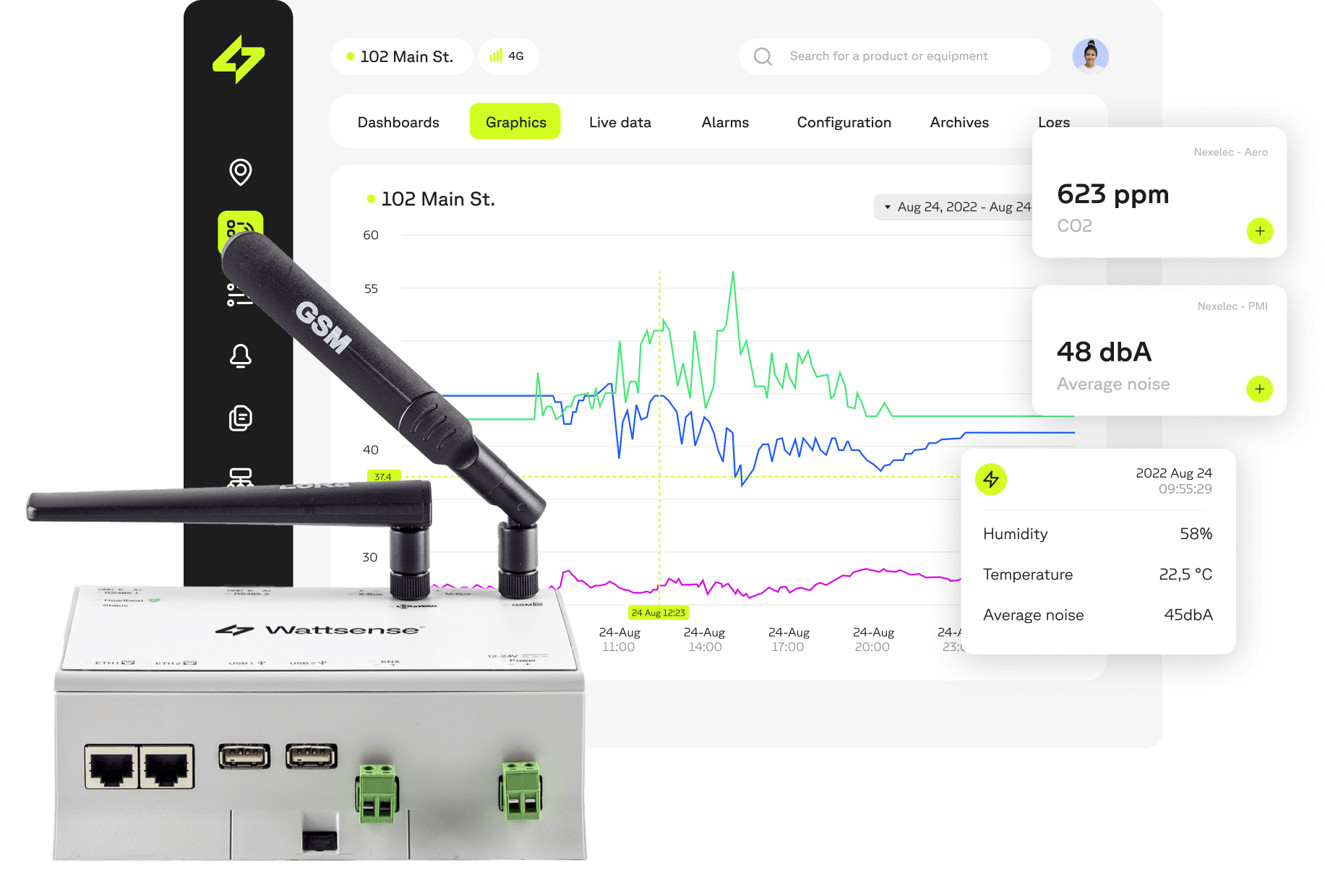What is Preventive Maintenance in the building industry?
Preventive maintenance is based on the idea of anticipating and resolving problems before they occur. Like the medicine of the same name, the aim here is to prevent breakdowns from occurring, so as to keep technical systems and equipment in optimum working order. This ensures the safety and comfort of occupants and the optimum operation of equipment - heating, lighting, ventilation, etc. - in buildings. By integrating preventive maintenance strategies, facility managers and building managers can significantly reduce the operational costs associated with maintenance and building management systems (BMS) by avoiding unplanned interruptions to activities and the cost of repairs or equipment changes that could have been avoided.
Types of Preventive Maintenance
Preventive maintenance can be applied in two ways, depending on the equipment.
- Systematic preventive maintenance consists of planned interventions, based on a precise schedule, regardless of the current state of the equipment. This method ensures that critical components are regularly checked and that performance levels remain constant.
- Conditional preventive maintenance, on the other hand, is carried out according to the actual condition of the equipment, assessed through specific inspections and measurements. This approach uses sensors and automated management systems to continuously monitor the condition of equipment, enabling targeted and efficient intervention.
It depends on the existence of predictive maintenance based on advanced data analysis and the implementation of remote alarms thanks to the installation of technologies to make buildings intelligent, such as IoT equipment.
Simplified maintenance
The Wattsense Tower centralises data for real-time monitoring and sets up alarms for smart and remote management. Building maintenance, without major renovation, equipment changes or extra hassle.

Setting up a Preventive Maintenance plan
Buildings need a maintenance plan. It guarantees regular monitoring of the building's operation, regulating and optimising interventions.
The foundations of preventive maintenance are based on strict rules: preventing breakdowns before they occur requires regular monitoring and a demanding routine. Four points are therefore essential:
- Regular inspections: Periodic inspections detect incipient problems before they develop into major faults. This includes checking safety systems, equipment performance and general building condition inspections.
- Replacing worn parts: preventative replacement of worn components prevents breakdowns and maintains optimum performance, contributing to energy efficiency and equipment reliability.
- Cleaning equipment regularly: regular maintenance prevents the build-up of dirt and debris that can affect system performance and efficiency.
- Carry out minor repairs immediately: fixing small problems quickly can prevent major failures, reducing the cost of future repairs. The beginnings of a leak in a pipe or joint, a lamp malfunctioning or a radiator losing performance, for example, need to be dealt with immediately.
To make sure nothing is forgotten and to optimise preventive maintenance, it's easier to stick to a structured maintenance plan. A well-defined preventive maintenance plan helps to organise inspections, replacements and servicing in a systematic way, ensuring complete coverage of all equipment and systems. For each piece of equipment and each location, a precise monitoring schedule is determined.